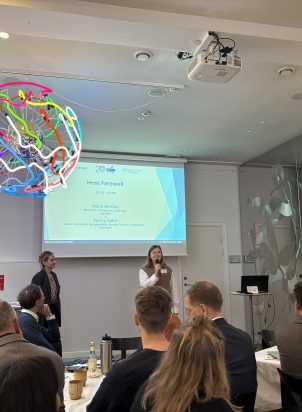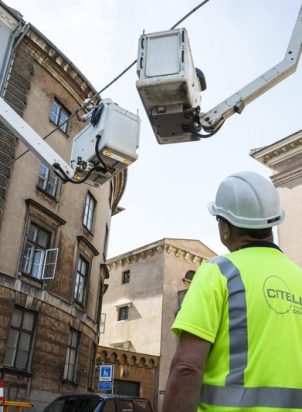No social inclusion without digital inclusion. By joining forces, the Nordic and Baltic countries can enhance their efforts in bridging the digital divide. Nordregio’s “Digital Inclusion in the Nordic-Baltic Region” conference held in Stockholm 14-15 May, which introduced new research, tools and strategic collaboration, marks a step towards joint efforts in address this pressing issue.
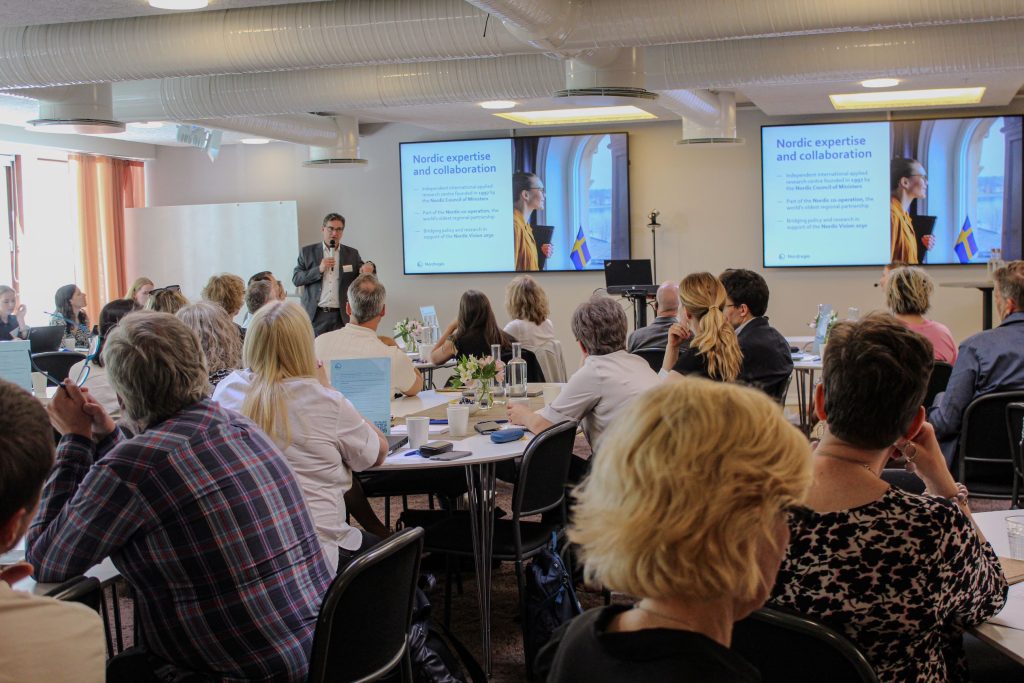
Approximately 85 experts from across the Nordic and Baltic region gathered in Stockholm to discuss challenges, solutions and the future for inclusion through new research, tools, and methodologies. The conference attracted policymakers, practitioners, civil society actors, academia and private sector, creating an interactive environment for dialogue and exchange.
Throughout the two conference days, we welcomed renowned speakers from different countries and sectors, launched reports and tools, and made room for discussion on how to further cooperation across the region.
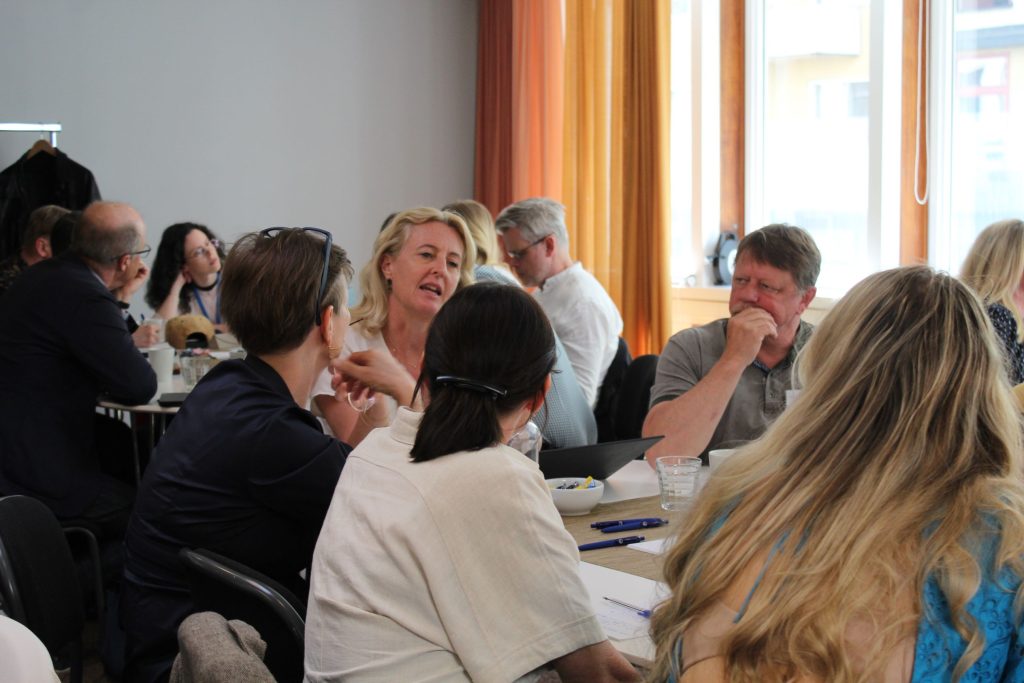
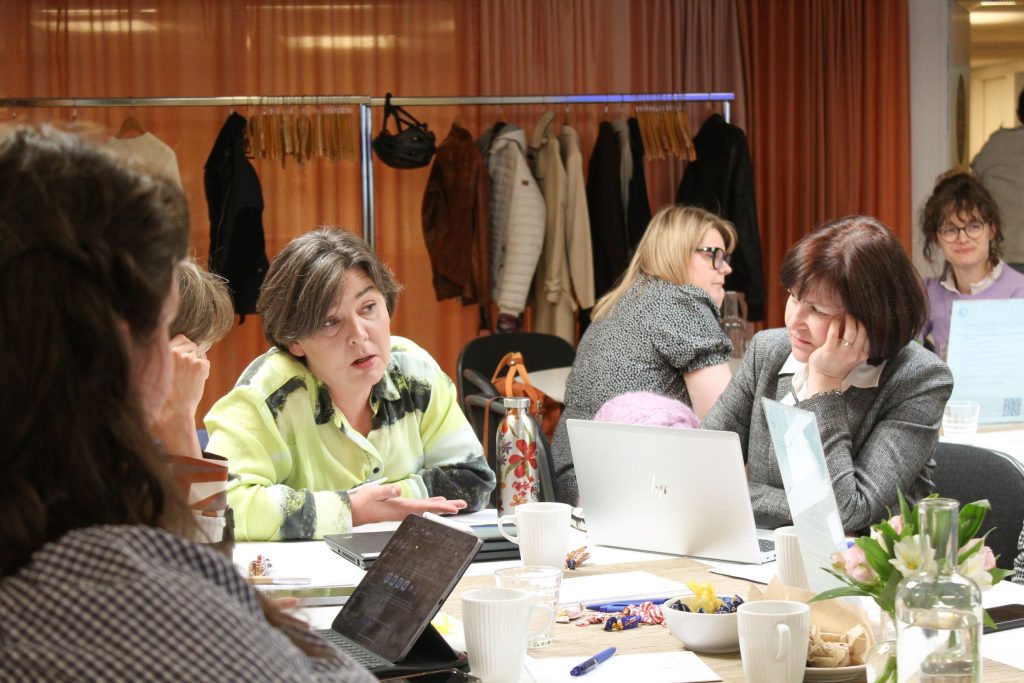
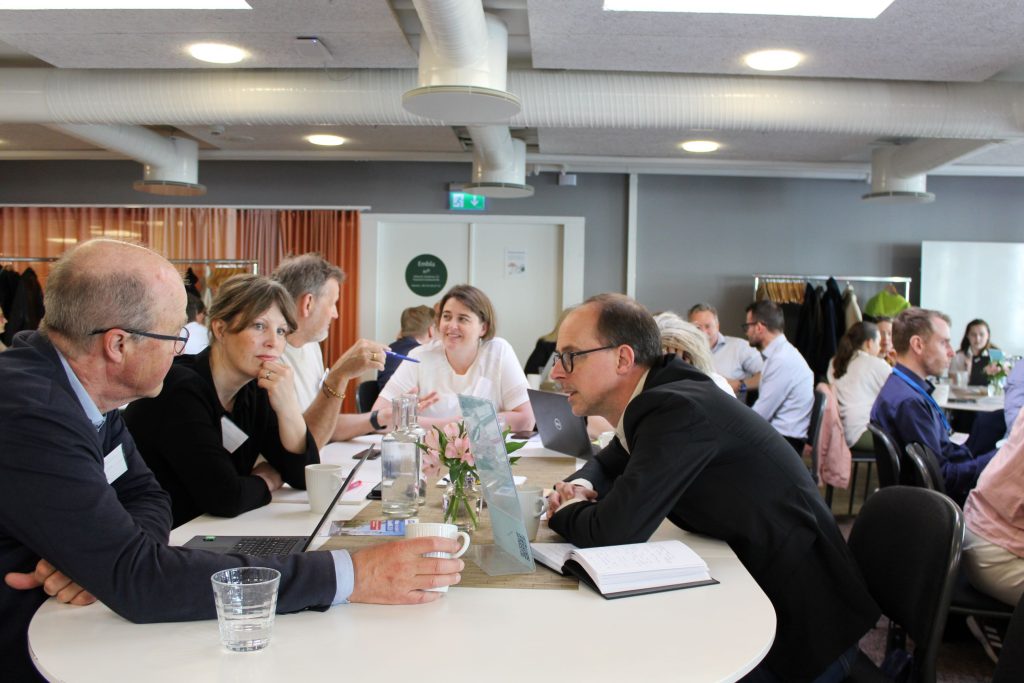
Dan Sjöblom, Director-General of the Swedish Post and Telecom Authority (PTS) and Representative for the Swedish presidency of the Nordic Council of Ministers in 2024, opened the conference, offering a context to the conference by emphasising the need to integrate digital inclusion into broader societal contexts. “Digital inclusion is no longer a standalone issue,” Sjöblom stated. “Being excluded digitally means being excluded from society. We need to start talking about being included in society overall.” And the conference was kicked off!
19 new policies – and the Nordic-Baltic digital paradox
The Nordic and Baltic societies are among the most digitalised in the world, and while this progress brings many benefits, it can also deepen societal divides. Sigrid Jessen, researcher at Nordregio and project leader for “Digital Inclusion in Action” discussed how the so-called Nordic-Baltic digital paradox of digital advancements can exacerbate exclusion for those unable to participate. So, what is being done in the Nordic and Baltics to address this? Nordregio’s report “National Digital Inclusion Initiatives in the Nordic and Baltic Countries” covered 19 new policies from the Nordic and Baltic countries, aimed at digital inclusion published post covid-19.
“While these policy documents differ nationally, we can see strong alignments in target groups, challenges identified and proposed solutions”, Jessen explained. While the report was launched only in early 2024, the rapidly evolving field means the report is already seeing updates – with multiple policies being presented since.
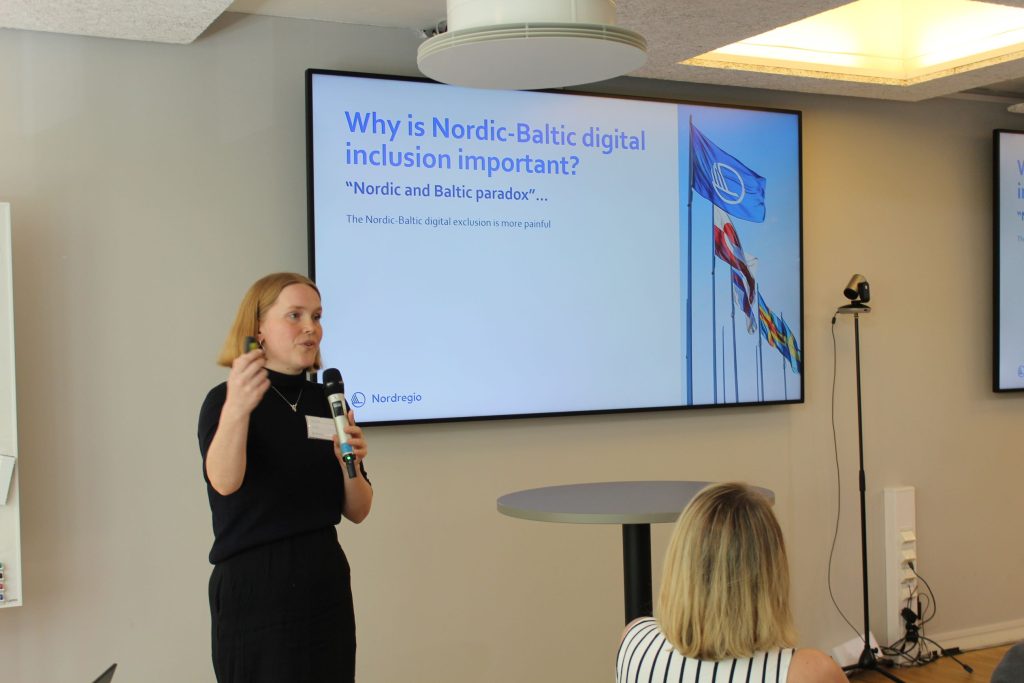
DigiLaw – preserving Nordic values in the digital era
The anticipated “DigiLaw” report was launched and presented at the conference. It explores the challenges of maintaining Nordic values, like legal certainty and public trust, amidst digital transformations. Professor at University of Copenhagen, Hanne Marie Motzfeldt, suggested a Council of Ethics for Data to address ethical concerns and ensure responsible data use.
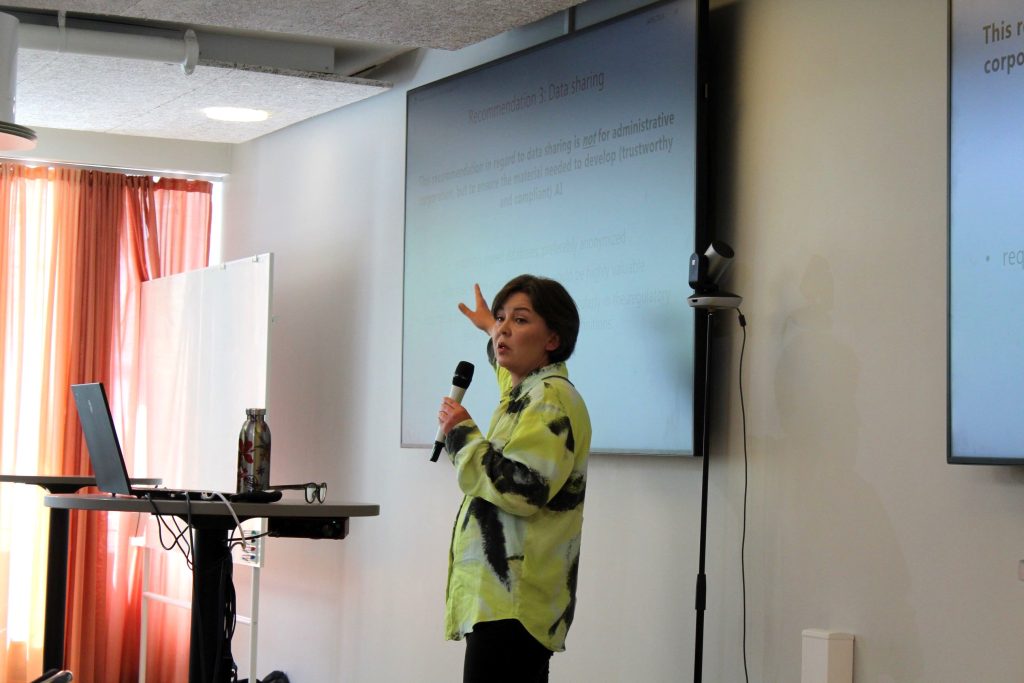
Moreover, Motzfeldt emphasised aligning regulatory sandboxes with innovation to promote efficient and inclusive digital transformation, suggesting that learning from Nordic-Baltic experiences could be beneficial due to the shared values and unique strengths in the region.
How do we measure digital inclusion?
Senior postdoctoral researcher at University of Oxford, Matthew Sharp, offered a global perspective on measuring digital inclusion, advocating for standardised metrics that cover access, quality, affordability, and digital skills. “Developing standardised metrics allows us to establish a common understanding of what digital inclusion entails, measure progress, and compare outcomes across regions,” Sharp explained.
Nordregio has developed a tool to support the monitoring of digital inclusion in the region – launched at the conference. The Nordic and Baltic Indicator Mapping Tool offers a valuable resource for municipalities, researchers, and NGOs to track progress and compare digital inclusion strategies across the region. This interactive online tool is freely accessible and allows users to engage with data over time and across countries. Anna Vasilevskaya, GIS Analyst at Nordregio, presented the tool and usage of it. You can find the tool here.

Civil society actors and close family as enablers
Civil society actors have been identified as key players in the work towards digital inclusion. However, this increased responsibility needs structured funding. Sigrid Jessen presented this, among other key takeaways, from Nordregio’s case studies on how 25 NGOs and civil society actors in the Nordic and Baltic region work to drive inclusion.
“We can work and learn from each other. This is also true for civil society actors, who often call for more strategic and long-term approaches from their national policymakers as well as collaboration across borders in the Nordic and Baltic region. One example could potentially be speech recognition, which could be developed jointly instead of separately”, Jessen points out. Besides funding, many speakers emphasised the advantages of and need to include user groups from the start, when developing solutions:
“Include people from the beginning. The more user groups involved, the better. This way, we can consider the different perspectives”, Michala Høg Daimar, Head of secretariat at the Office for Inclusion and Digital Services at the Danish Agency for Digital Government, pointed out.
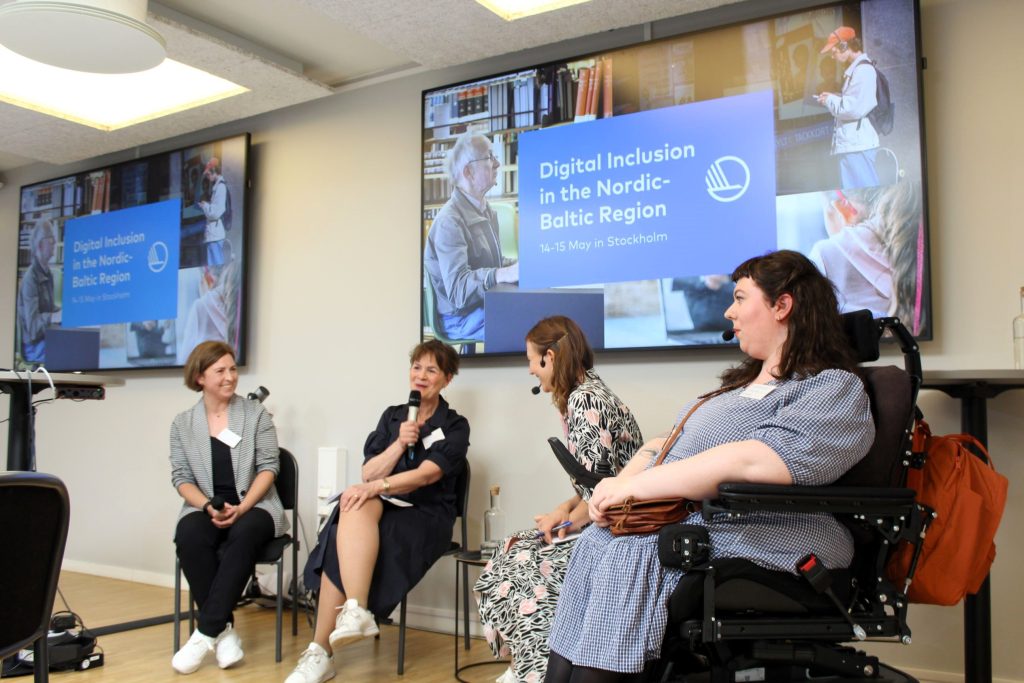
Disability rights expert and activist Inga Björk Bjarnadóttir seconded that and wrapped up the panel discussion on civil society actors by saying, “Nothing about us, without us.”
One of the biggest supporting actors of those digitally excluded is close family and relatives. When Johanni Larjanko presented the work of Nordic Network for Adult Learning, and their relationship tool to support people supporting people – launched just last week. The tool aims to help individuals identify people in their surroundings who can assist with digital tools, such as family members, grandchildren, or parents.
A digital underclass?
Johanni Larjanko pointed out that in our race to advance digitally, we risk losing people on the way, causing exclusion. Building on this, Associate Professor Massimo Ragnedda, Northumbria University & Sharjah University (UAE), presented his work on “the digital underclass” in the era of AI. This concept affects not only those who have limited access to the internet, but also those who are negatively impacted by big data, AI, and algorithms. The solution is not simple, but Ragnedda argues that critical thinking and building algorithms on non-biased data are crucial for promoting digital equity.
Next steps: realising Nordic-Baltic Digital Inclusion ambitions
The closing session of the “Digital Inclusion in the Nordic-Baltic Region” conference focused on the future of strategic collaboration for enhancing digital inclusion across the region. Panelists including Sigrid Jessen, Hanne Marie Motzfeldt, Ismail Özkan, and Lars Lindberg – project leaders for Nordic-Baltic digitalisation projects – reflected on key lessons from the conference, emphasising the continuous need for vigilance against digital exclusion, the importance of regional cooperation, and the integration of cybersecurity with digital inclusion strategies. They also discussed the potential of Nordic and Baltic collaboration to lead by example in digital identity and inclusion, urging a unified approach to influence future EU regulations and promote inclusivity across all levels of technology and society.
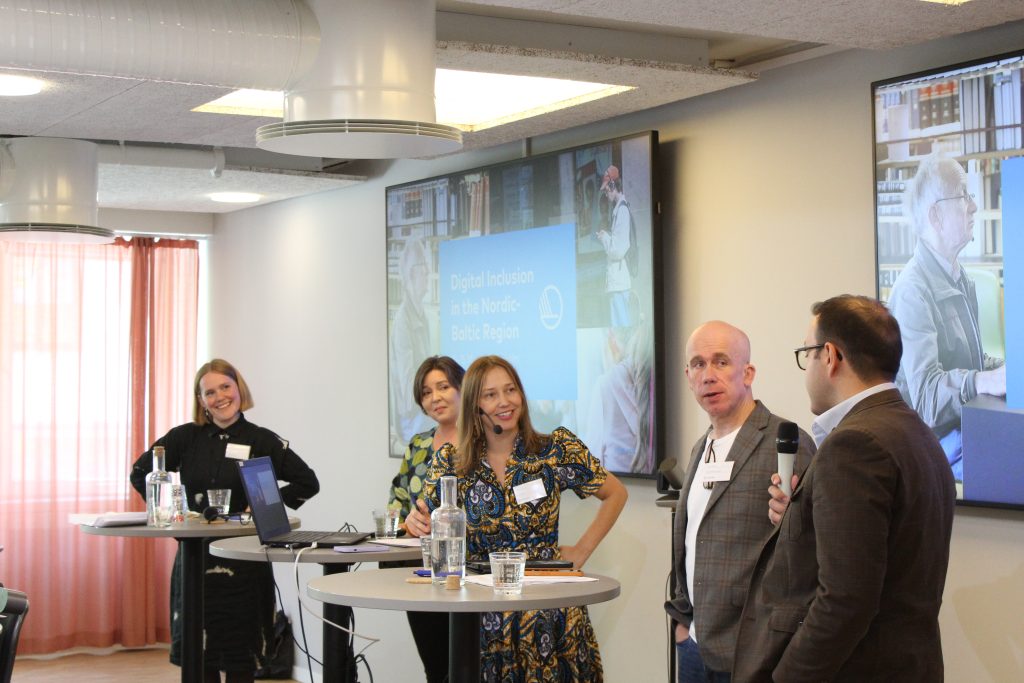
Cecilia Leveaux, Senior Adviser for Digitalisation at the Nordic Council of Ministers, concluded the conference, by reverting back to the core: digital inclusion is not just about accessing services, but accessing society. The “Digital Inclusion in the Nordic-Baltic Region” conference marked a significant step towards a more inclusive digital future. Now, the onus lies with policymakers, practitioners, and civil society actors across the region to translate these valuable insights into concrete action. Through continued collaboration, the Nordic and Baltic countries can ensure that everyone has the opportunity to participate in the digital age.
| About project Digital Inclusion in Action What contributes to digital inclusion in the Nordic-Baltic region, and how does inclusion and excklusion affect different groups in society? Through research, maps, tools, good practices and co-creation, the project aims to increase digital inclusion in the public sectors of the regions, creating Nordic-Baltic added value. |






